Dettson LOWBOY OLR154A16A Assembly instructions
Other Dettson Furnace manuals

Dettson
Dettson AMP1-IE2 Assembly instructions
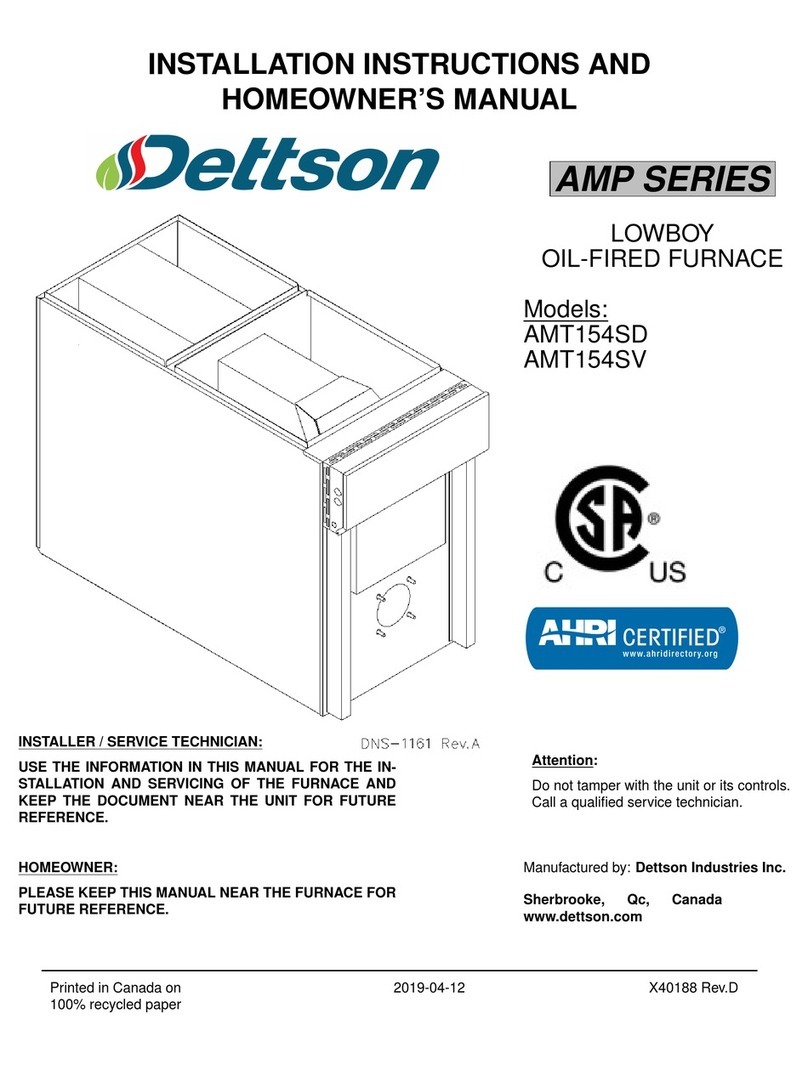
Dettson
Dettson Lowboy 154 Series Assembly instructions
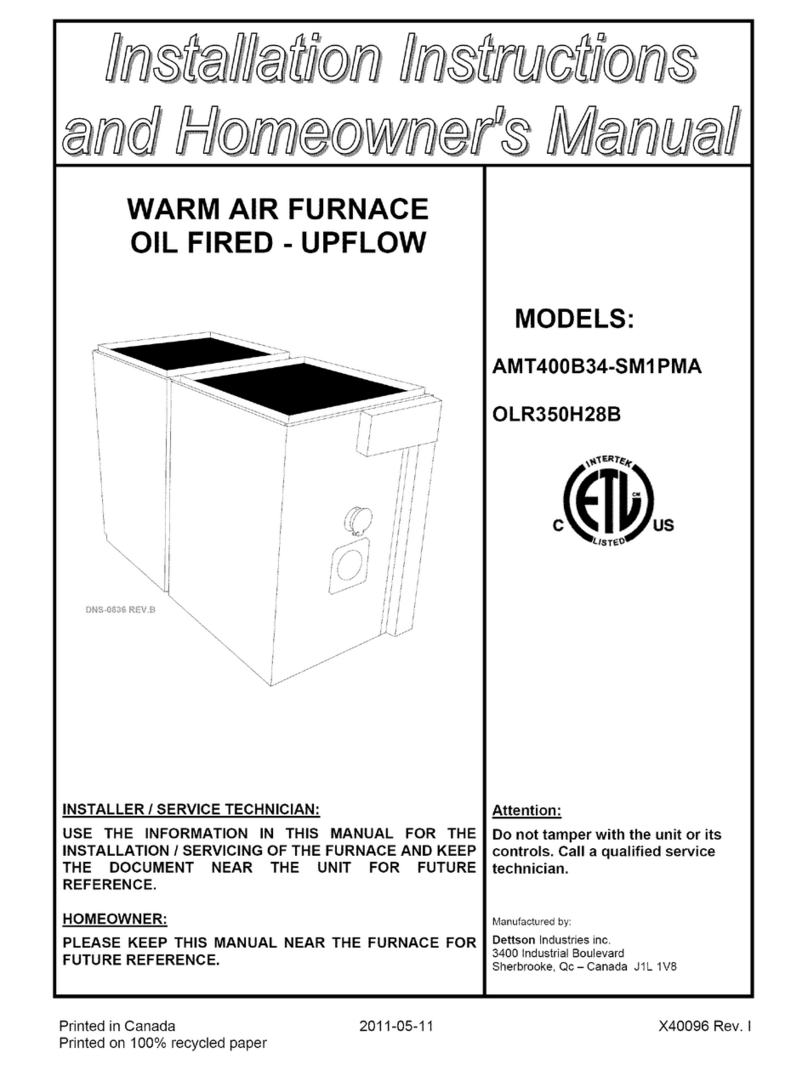
Dettson
Dettson AMT400B34-SM1 PMA Assembly instructions
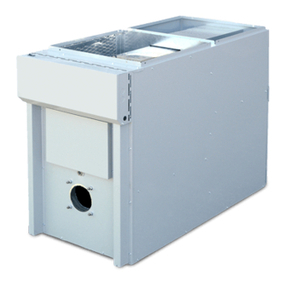
Dettson
Dettson AMT098SD Assembly instructions

Dettson
Dettson AMP105-IEV Assembly instructions

Dettson
Dettson COMFORT SUPXX-C120D12 Assembly instructions
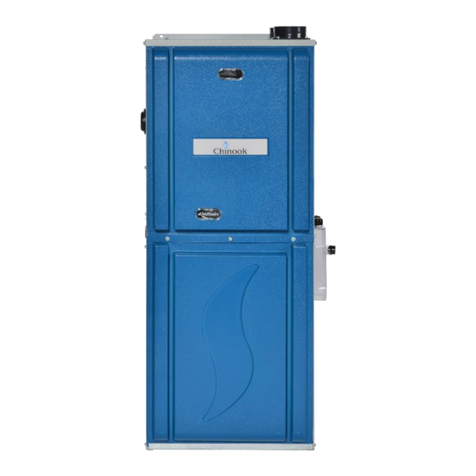
Dettson
Dettson Chinook C15-M-V User manual

Dettson
Dettson C45-1-D Assembly instructions

Dettson
Dettson AMP098SD Assembly instructions
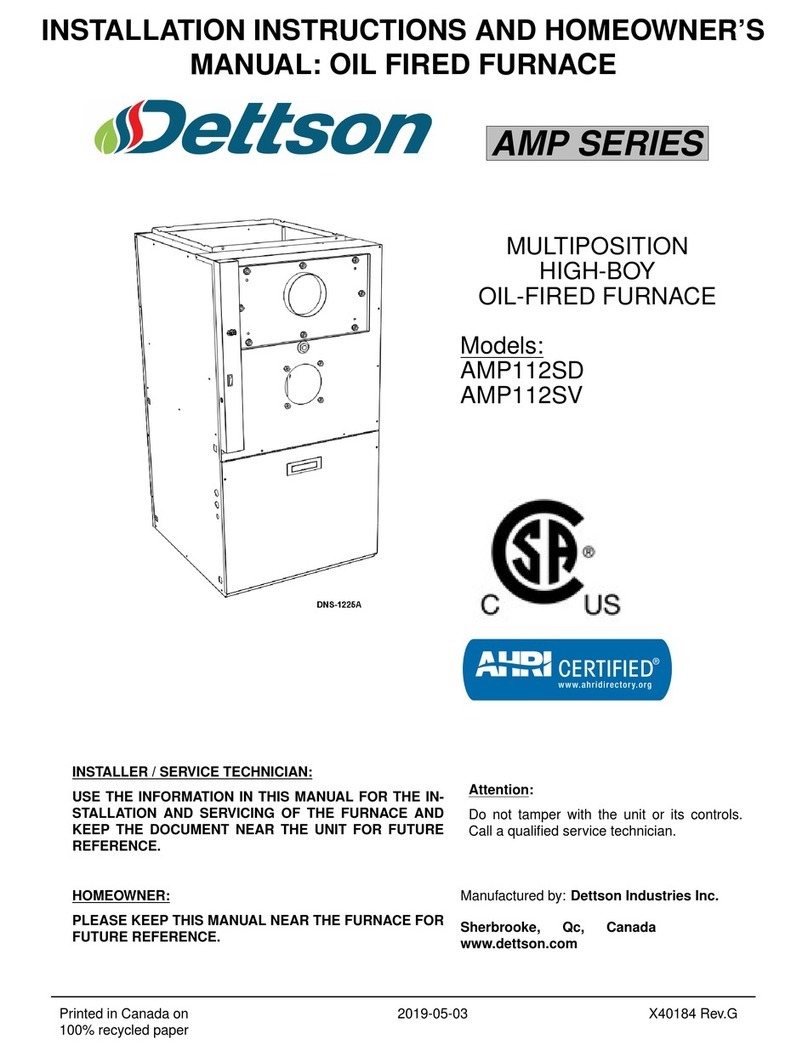
Dettson
Dettson AMP Series Assembly instructions
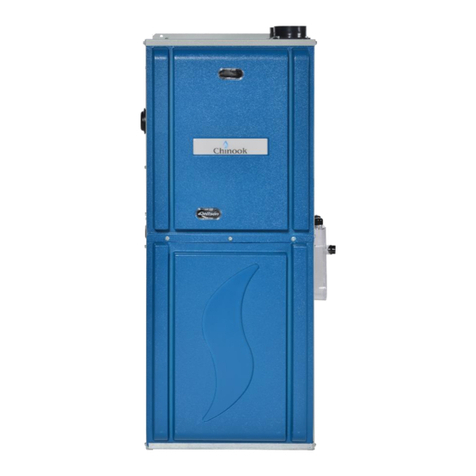
Dettson
Dettson C45-1-D Assembly instructions

Dettson
Dettson AMT154SVMA Quick start guide
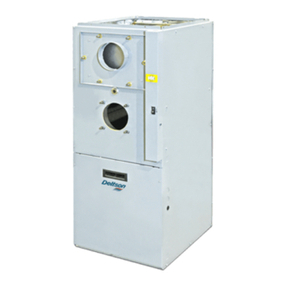
Dettson
Dettson OMF098J10B Assembly instructions
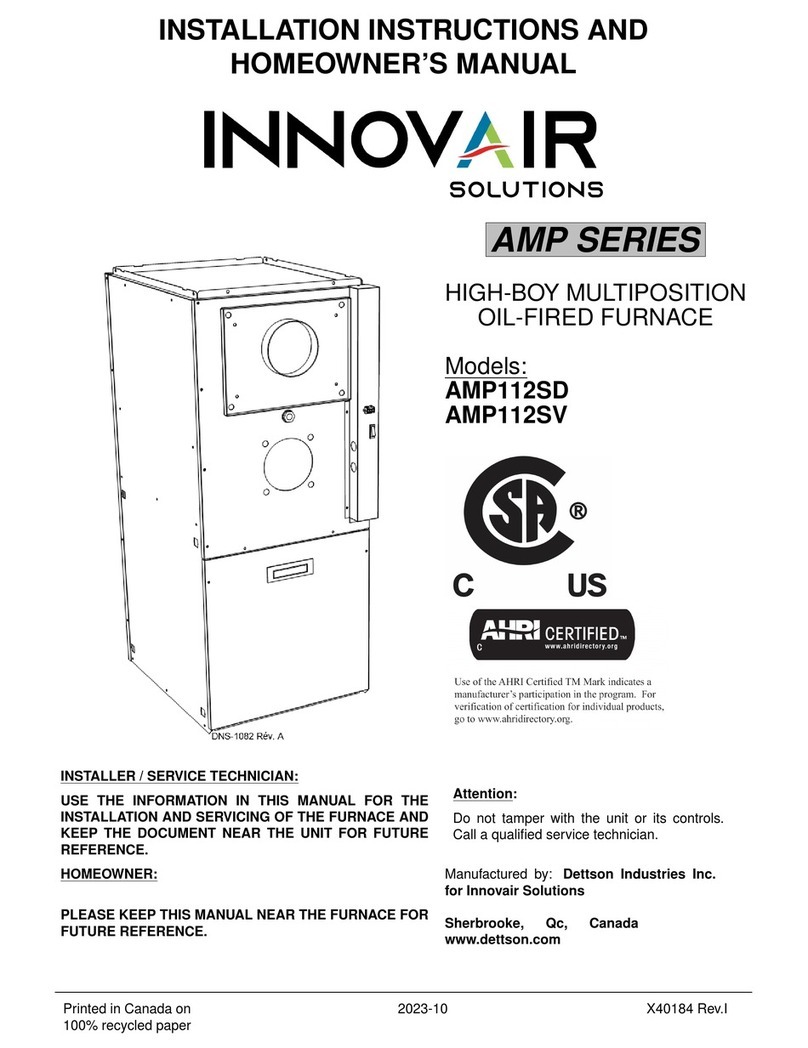
Dettson
Dettson innovair AMP Series Planning guide
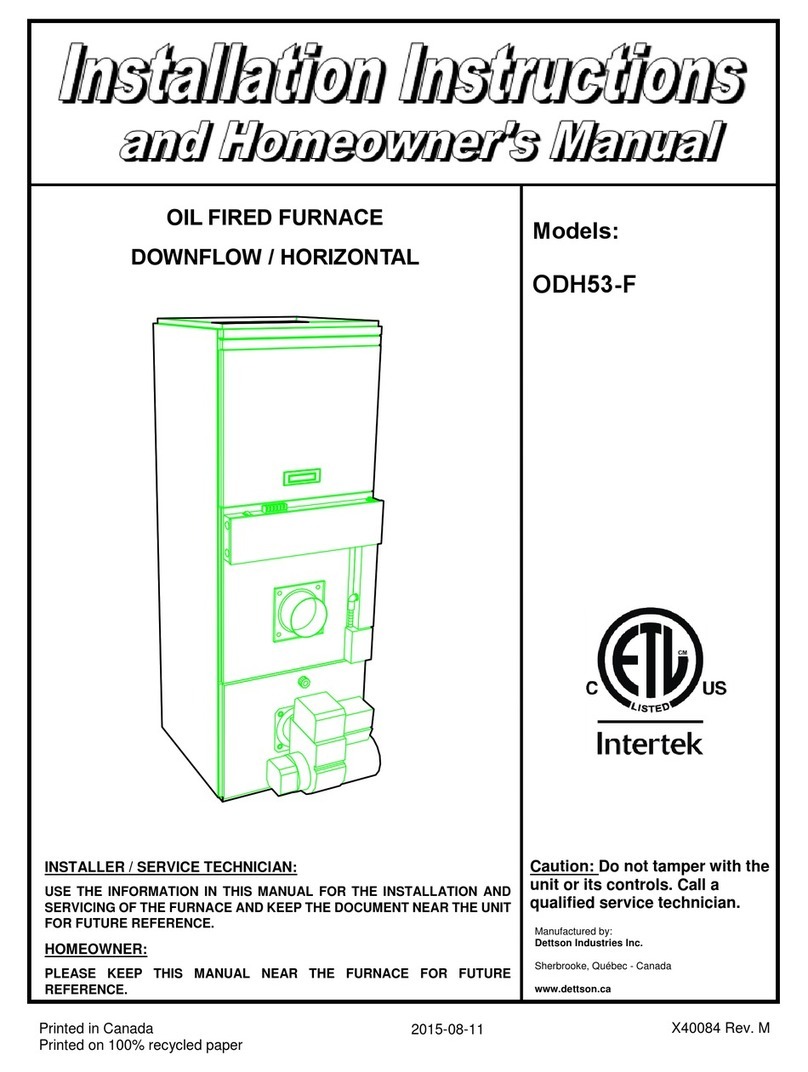
Dettson
Dettson ODH53-F User manual

Dettson
Dettson CC15-M-V Assembly instructions
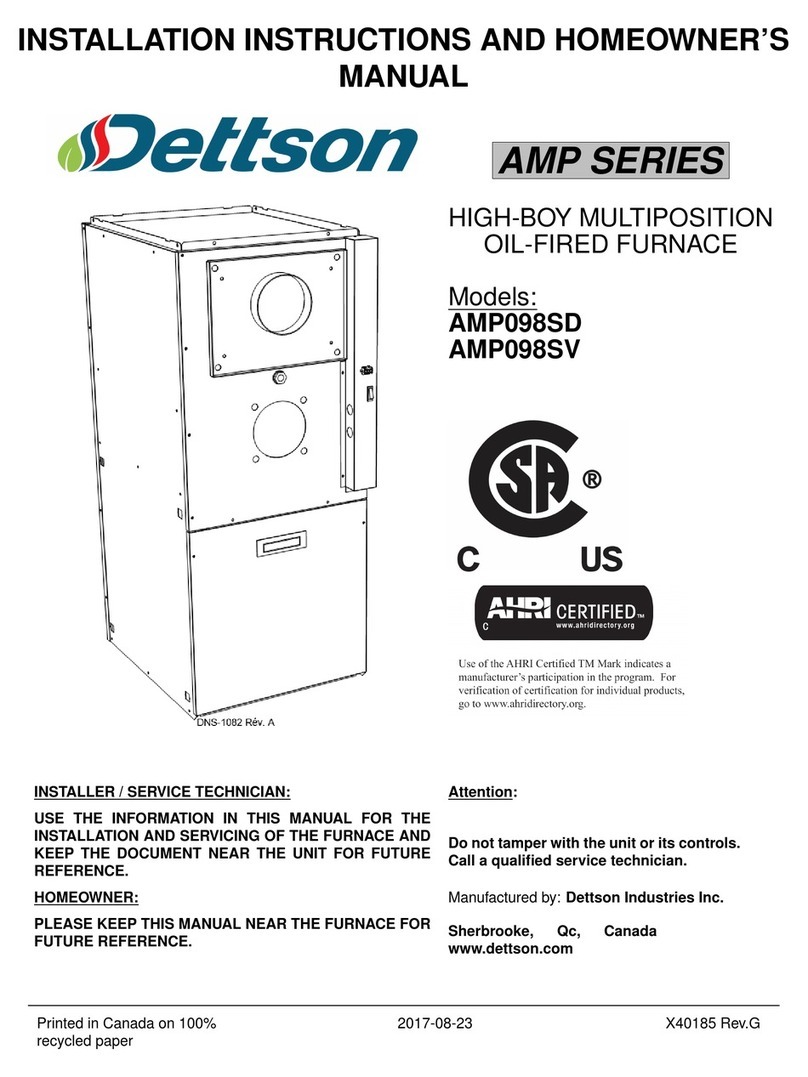
Dettson
Dettson AMP098SD Quick start guide

Dettson
Dettson AMT112SD Assembly instructions

Dettson
Dettson AMP112SD Assembly instructions

Dettson
Dettson Chinook C15-M-V Assembly instructions
Popular Furnace manuals by other brands
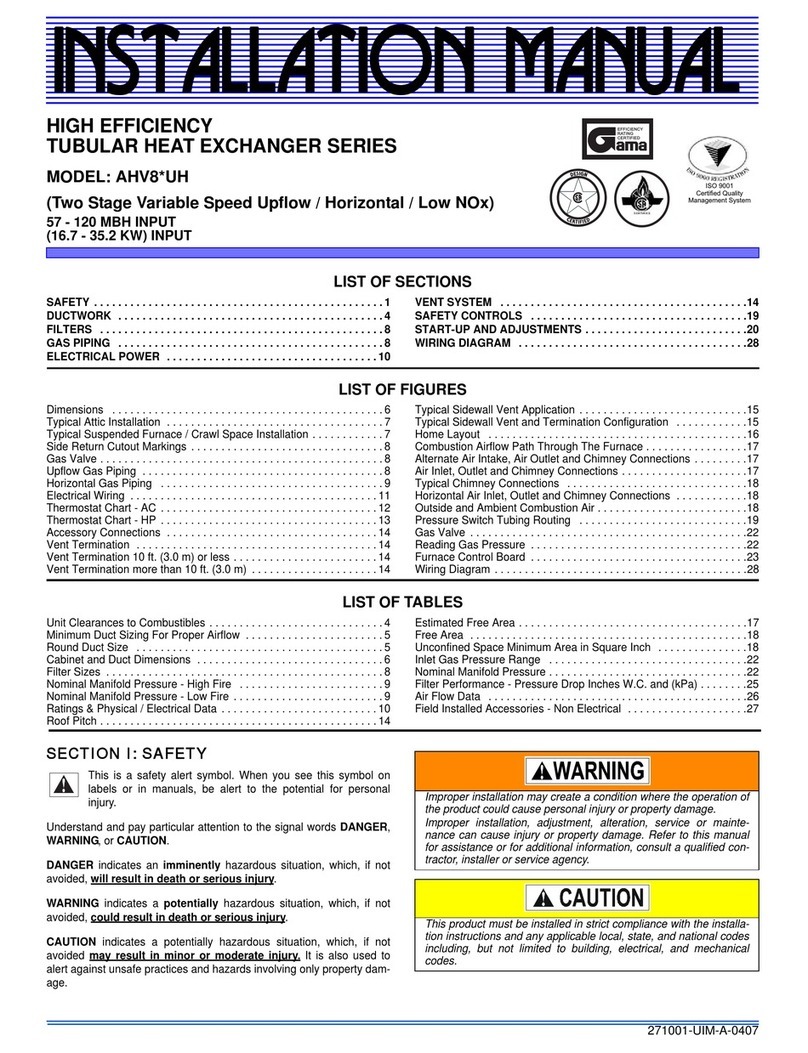
Unitary products group
Unitary products group AHV8 UH installation manual

VERDER
VERDER CARBOLITE GERO RHF 14/8 Installation, operation and maintenance instructions
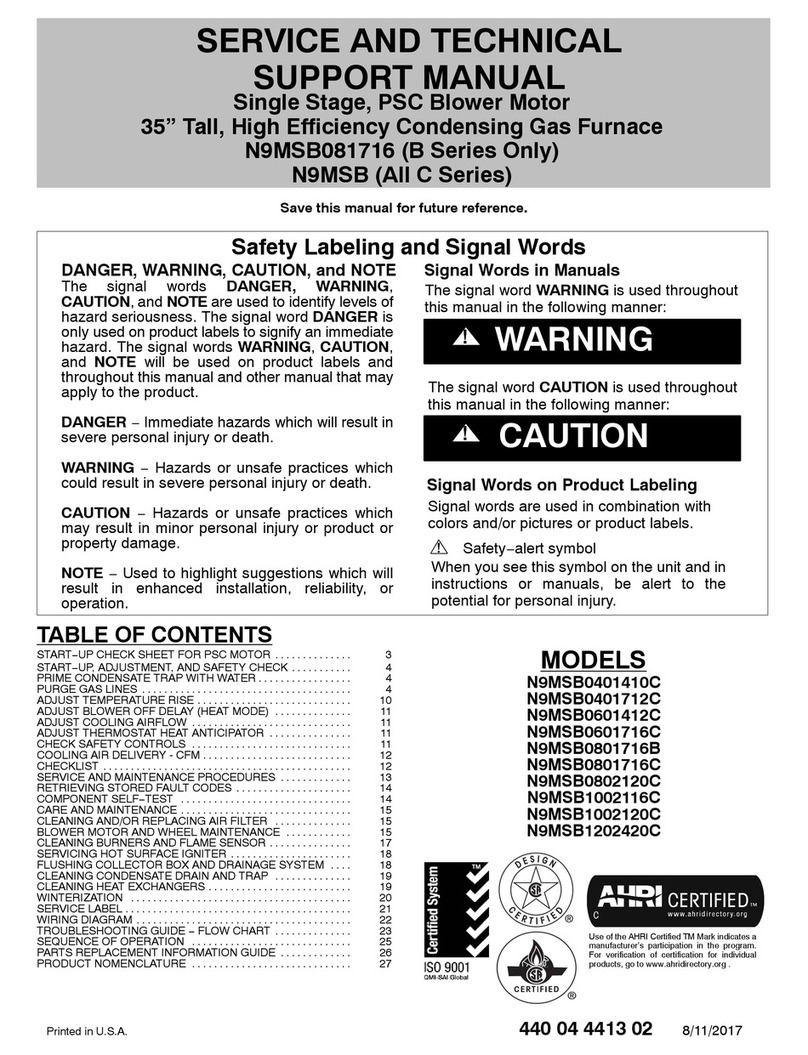
Tempstar
Tempstar B Series Service and technical support manual

Carrier
Carrier Performance 59SP5A Installation, start-up, operating and service and maintenance instructions

Armstrong
Armstrong EG7H SERIES Installation and maintenance instructions

Payne
Payne PG92ESA Installation, start-up, operating and service and maintenance instructions

NANOE
NANOE Zetasinter Operation manual

SUPREME
SUPREME FEM10-M2301CM-A Installation instructions and homeowner's manual

Johnson Controls
Johnson Controls TM9T User's information manual

Fluke
Fluke 9118A user manual

Lennox
Lennox EL195UHE Elite Series Unit information

Intertherm
Intertherm M7RL Series user manual

HDG
HDG Pelletmaster 15 Operation manual

Nortek
Nortek MG2S Series installation instructions

VERDER
VERDER CARBOLITE GERO ABF 8/28 Installation, operation and maintenance instructions

Goodman
Goodman GMV9 Installation & operating instructions

SUPREME
SUPREME SUP10-M2301C Installation instructions and homeowner's manual

Evcon
Evcon DGD 60 MBH installation instructions













